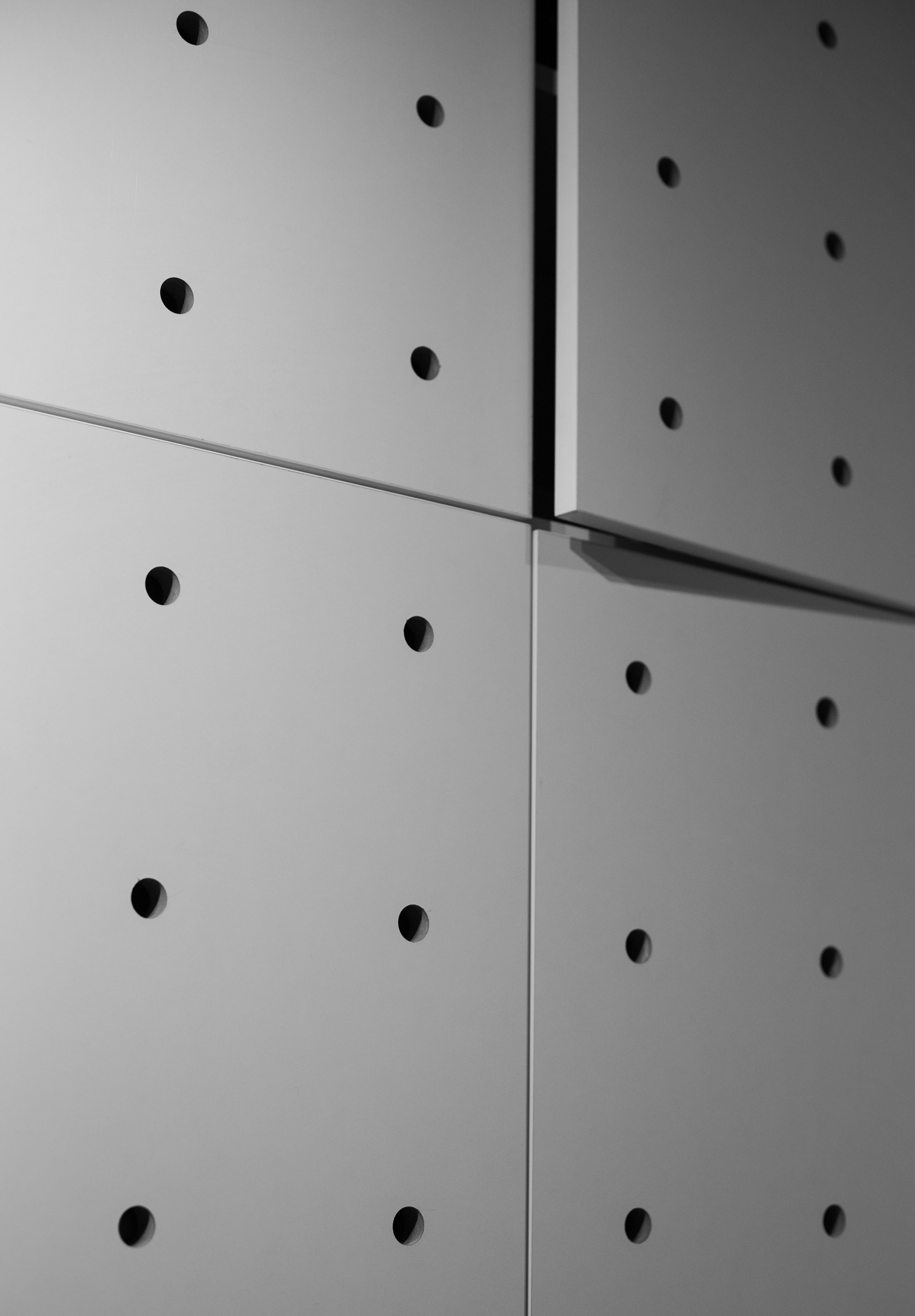
Introduction
In today's fast-paced environment, finding some peace and quiet can seem like a daunting task. Noise pollution has crept into our lives to a large extent, profoundly affecting our health and productivity. Whether you're a musician looking for a personal sound studio, a homeowner aiming to develop a serene living atmosphere, or a professional striving to create a quiet workspace, learning how to soundproof a room efficiently is essential. This article provides a comprehensive, step-by-step guide on effective techniques to soundproof a room for improved acoustics.
Understanding the Concept of Soundproofing
Soundproofing refers to the reduction or elimination of sound transmission from one area to another. This can be achieved by blocking sound waves or absorbing them. Soundproofing a room will contribute to a quieter, more tranquil environment, enhancing privacy, improving concentration and productivity, and providing a better experience for any audio-related activity.
Soundproofing Techniques: The Basics
Though it may seem intimidating at first, soundproofing a room doesn't need to be a complex task. There are various methods that can be used, depending on what you're aiming for, the nature of the noise you're dealing with, as well as your budget.
1. Adding Mass: Beefing up walls or floors with dense materials can significantly reduce sound transmission. Mass loaded vinyl and soundproof drywalls are commonly used for this purpose.
2. Decoupling: This involves creating a physical gap in the structure to prevent the transmission of sound waves. Decoupling can be achieved by adding an extra layer of drywall with a gap in between or by using resilient channels or sound isolation clips.
3. Damping: Damping materials are used to dissipate sound waves and convert them into a small amount of heat. This can be achieved with damping compounds or soundproofing sealants.
4. Using Absorption Materials: Absorbing sound waves with insulating materials can effectively reduce echo and reverberation in a room. This can be achieved by installing fiberglass insulation or acoustic panels.
Step-by-Step Guide: How to Soundproof a Room
Now, let's dive into a detailed step-by-step process of how to soundproof a room efficiently.
1. Identifying The Noise Source: The first step involves identifying the main sources of noise that you intend to control. It could be anything from street noise, loud neighbors, or interior noise from other parts of the house.
2. Hatch a Plan: Once you have identified the noise sources, plan accordingly. Think about where you would need to add more mass, where you would need to incorporate decoupling, or where damping and absorption might be required.
3. Choose Your Materials: Select the most appropriate soundproofing materials that match your plan and budget.
4. Start The Process: Begin with the doors and windows as they are common points of sound leakage, then move towards walls, ceilings, and floors, following the methods of adding mass, decoupling, damping, and absorbing as necessary.
5. Test and Adjust: After soundproofing, test the room for any remaining noise leaks and make necessary adjustments.
Conclusion
Soundproofing a room efficiently is a worthwhile project that can enhance your quality of life significantly. By following this step-by-step guide and understanding the basic techniques, you can effectively accomplish this task, turning your room into a tranquil haven or a professional sound studio. Remember, the process might involve trial and error, but with meticulous planning, the correct materials, and a bit of patience, your quest for improved acoustics will finally be attained.
Remember to do adequate research on the range of products available and choose those that best cater to your specific needs. Investing time and resources in soundproofing your room will undoubtedly pay off in the long run with enhanced privacy, tranquillity, and productivity.